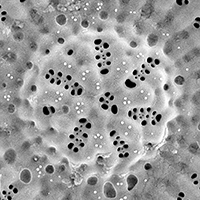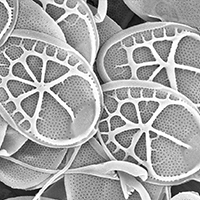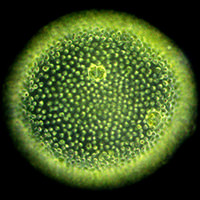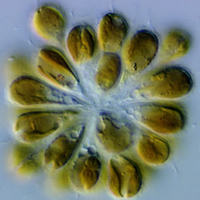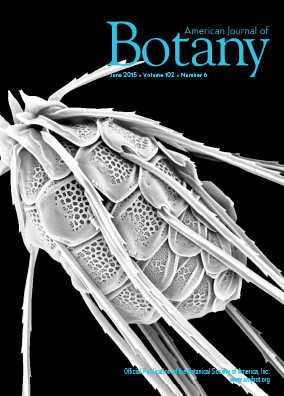
The SilicaSecchiDisk provides tools for research on scaled chrysophytes and diatoms extensive limnological database, educational aids for the study of freshwater algae, and serves as the primary outlet for the distribution of data and information generated by the Freshwater Ecology Laboratory, Connecticut College, under the direction of Dr. Peter A. Siver. The SilicaSecchiDisk is the home site for the “Giraffe Pipe Eocene Project” and the Biotic Survey and Inventory Project on “Scaled Chrysophytes and Diatoms in Seepage Lakes Along the Coast of the United States” both sponsored by the National Science Foundation. The primary components of the site include:
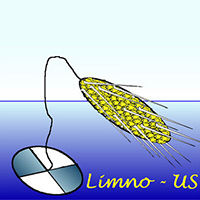
Limnological Projects
The focus of this component of the SilicaSecchiDisk is to provide an interactive searchable database of chemical, physical and morphological data on lakes, ponds and other waterbodies examined by scientists at the Freshwater Ecology Laboratory. When possible, information on and GIS-based maps of the watershed are also provided. Ultimately, our goal is to expand the site to include similar information on a much larger number of lakes across the United States. The databases can be searched by geographic location, lake name and location, or any chemical or physical parameters. In the geographic location option the user simply selects waterbodies either from maps or from corresponding lists of lake names. The user can also submit custom searches based on any parameter or group of parameters desired.
Limno-US
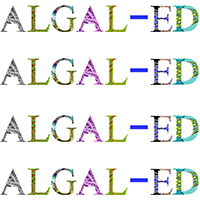
Algal-Ed: Educational Projects
The goal of ALGAL-ED is to provide educational tools for the student interested in freshwater algae. The target audience for ALGAL-ED includes high school and undergraduate students and professional aquatic scientists. ALGAL-ED includes an image library, genera description pages, a taxonomic key to common freshwater genera, a movie library and links to other useful web sites. Please send comments and suggestions to Peter A. Siver at pasiv@conncoll.edu
ALGAL-ED
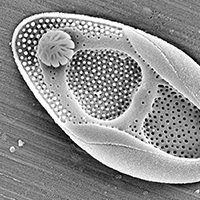
Giraffe Pipe Eocene Project
The primary objective of this project is to inventory siliceous microfossil remains from an ancient Eocene maar lake that existed near the Arctic Circle in northern Canada during the Cenozoic hot house. The lake was situated within a crater formed from an explosion that occurred during emplacement of a kimberlite deposit. We plan to identify, image and inventory all chrysophyte, diatom, testate amoeba, heliozoan and sponge microfossils from the site and use the remains to examine the paleoenvironment of this ancient lake ecosystem and evolutionary histories of the organisms.
Giraffe Pipe Eocene Project
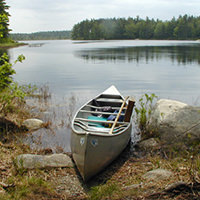
Biotic Survey and Inventory Project
This component of the SilicaSecchiDisk provides information and findings on our biotic inventories of scaled chrysophytes and diatoms in seepage lakes along the east coast of the United States. Primary geographic regions in the study include waterbodies in the Ocala National Forest (Florida), the Pocosin Wildlife Refuge (North Carolina), the Croatan National Forest (North Carolina), the Bladen Lakes State Forest (North Carolina), Cape Cod (including the Cape Cod National Seashore), the China Lakes Region (Maine), Acadia National Park (Maine), the Moosehorn National Wildlife Refuge (Maine), Assateague Island National Seashore (Maryland) and the New Jersey Pine Barrens. In addition, we provide a page of links to other interesting Biotic Survey and Inventory projects.
Biotic Survey and Inventory Project
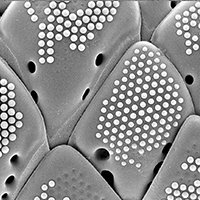
Center for Research on Scaled Chrysophytes
The goal of the Center for Research on Scaled Chrysophytes is to provide a set of interactive tools to aid scientists using scaled chrysophytes in their research endeavors. The components of the Center include an imagelibrary, ecological data, interactive database search capabilities, interactive taxonomic keyslinked to the databases, a literature database and links to new taxa originally described by Peter A. Siver. Currently the focus of the site is on common taxa from North America and onimages taken with SEM. Ultimately, we hope to include LM, SEM, and TEM images of all taxa. Some components of the Center are under construction.
Center for Research on Scaled Chrysophytes
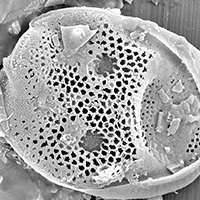
New Chrysophyte and Diatom Taxa
This component of the SilicaSecchiDisk will include reference information and images on taxa originally described and also emended species, as part of the research efforts of scientists at the Freshwater Ecology Laboratory.
New Chrysophyte and Diatom Taxa
